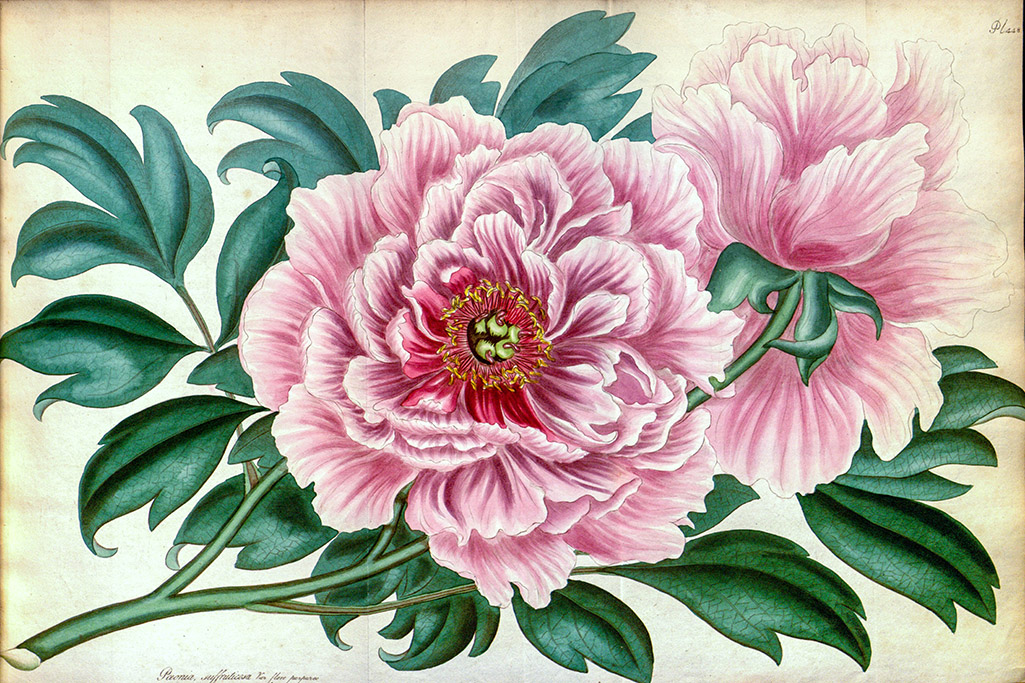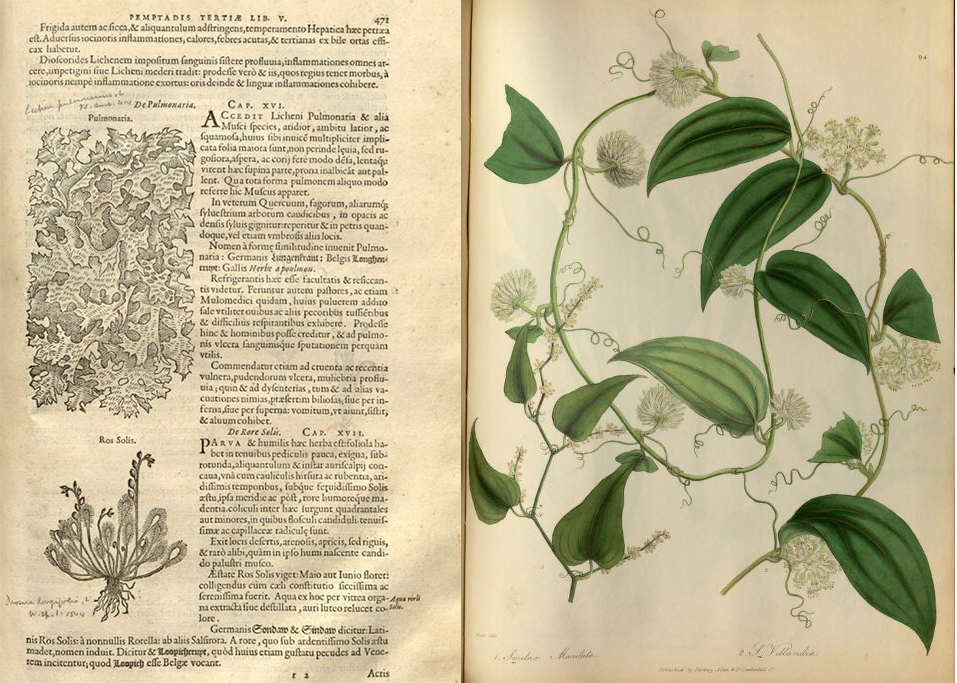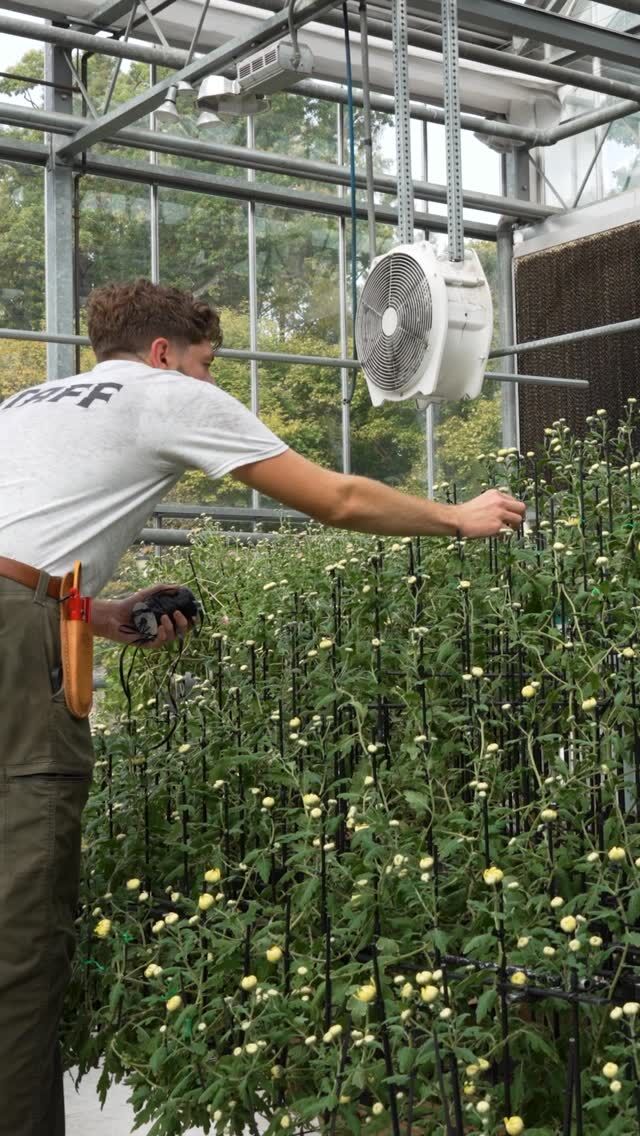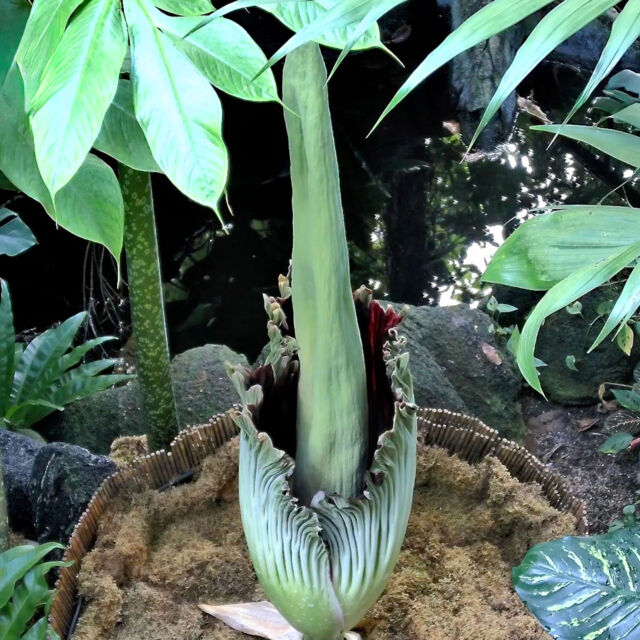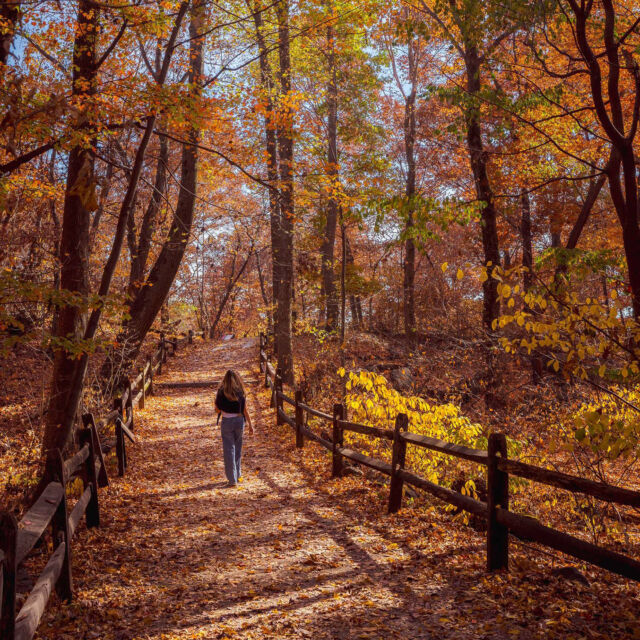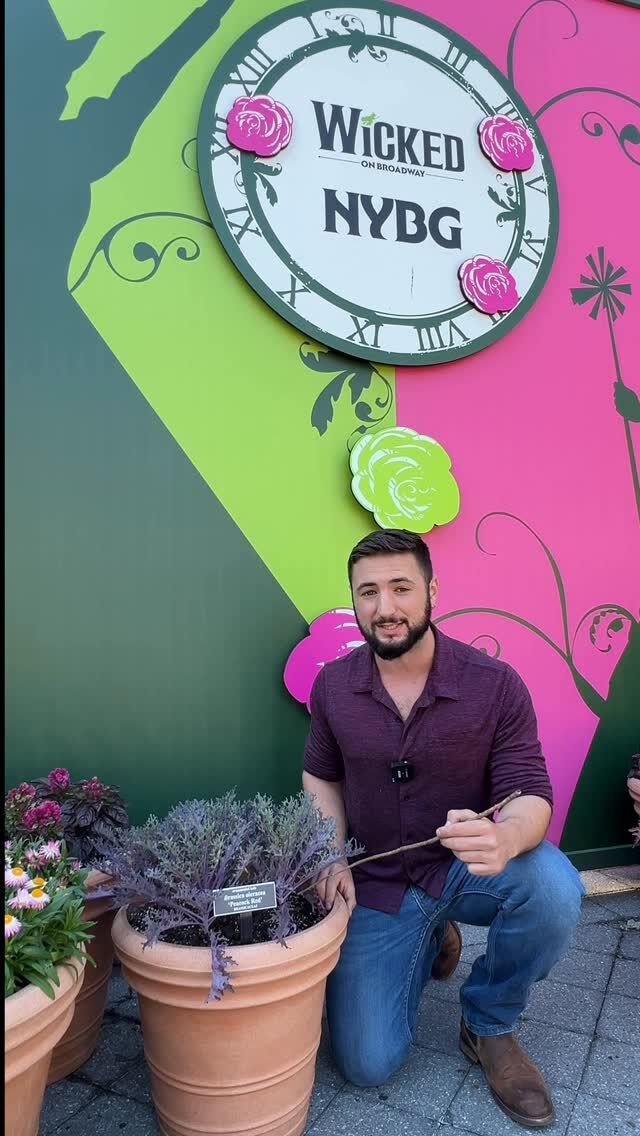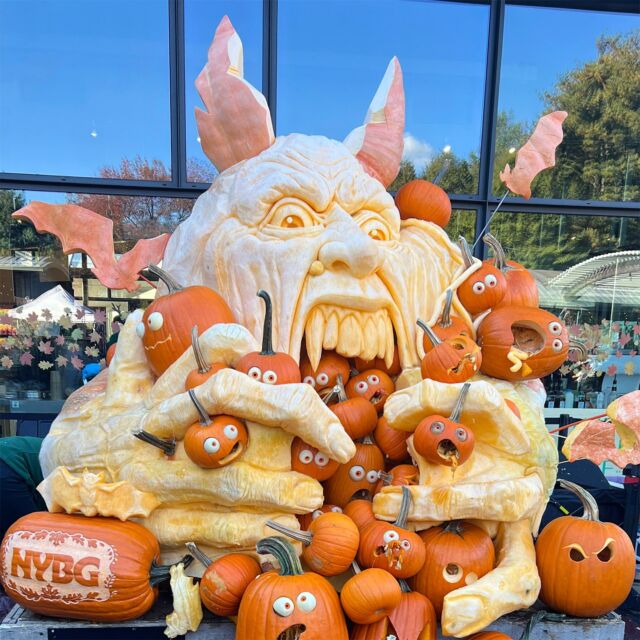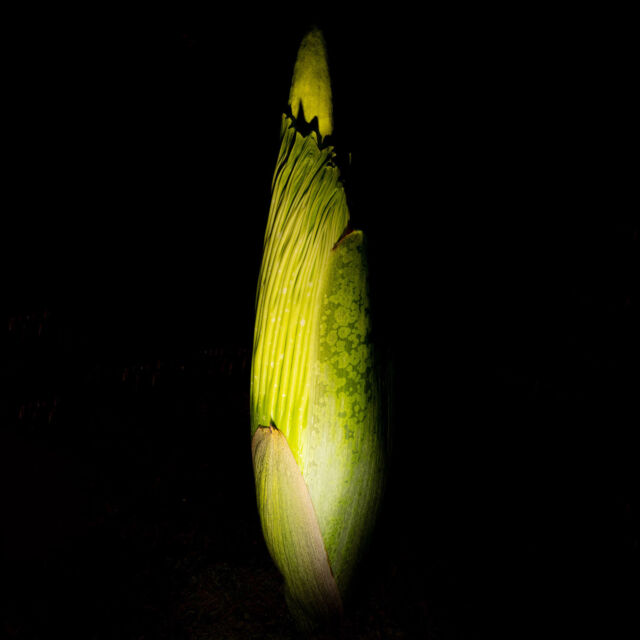Wear Your Love of Plants on Your Sleeve
It’s not uncommon for tattoo enthusiasts (and newbies alike) to seek out our librarians’ and horticulturists’ advice to find just the right botanical inspiration for their next piece, and we’ve always been happy to pore through our vast collections of botanical art in the Mertz Library to find the most beautiful (or meaningful) artwork to live forever on a person’s skin. Tattoo artists, too, have found that our living collections in the Haupt Conservatory and throughout our 250 acres are a treasure trove of inspiration for their illustrations, whether it’s a shockingly cool flower in our annual Orchid Show, or a vivid collection of philodendron leaves that look just right.

An Instagram reel of botanical tattoos by artist Nina Palagonia, who often finds inspiration for her work at NYBG
Botanical tattoos are nothing new, of course, and many cultures have been inspired by the beauty and necessity of plantlife in this way. In Japan, where decorative tattooing—or irezumi—came to prominence in the Edo period, you’ll find several flowers in the traditional form.
Cherry blossoms are a familiar motif, often symbolizing the transience of life, while peonies may represent honor and wealth. The lotus flower, closely tied in meaning to Buddhist symbology, represents enlightenment and purity, and chrysanthemums—introduced from China and long associated with royalty—can refer to longevity.

Left: A peony tattoo in the traditional Japanese (irezumi) style. Right: Examples of “American traditional” rose tattoo art
In the UK and US, the path to getting inked took a more circuitous route. While tattooing existed here already, the art took off in the 18th and 19th centuries when Captain James Cook returned from his expeditions to the South Pacific, where he saw tattoo art among Polynesian peoples.
Sailors were some of the first to go under the needle, getting inked with a style that came to be called “American traditional”—and the simplistic, heavily outlined style of those early tattoos is still popular to this day. You’ve probably seen one of the most popular designs, a stylized red rose—with or without the word “MOM” in the middle.
But here at NYBG, we like to think there’s room for new explorations in botanical skin art, given our collections of plant illustrations, stamps, seed packets and catalogs, cookbooks, and other eye candy number in the MILLIONS. There are centuries of artworks to explore that cover the spectrum from elegant, hand-drawn scientific illustrations to gorgeously colored woodblock prints. Some of history’s most incredible artists are hiding among the pages of our archives, and whether you’re looking for a flower that’s a little out of the ordinary from your average tattoo parlor flash wall, or you want to pay homage to your gardening roots with one of your favorite tools from the shed, we’ve got an abundance of options to share with you!
Whatever you’re looking for, we’ve got your inspiration covered—and there’s plenty to peruse online thanks to our team’s ongoing digitization efforts. Check out a broad selection of botanical art, our collection of colorful botanical stamps from around the world, classic seed catalogs, and much more in the Mertz Digital Collections. And how cool would it be to tell your tattoo artist that you pulled your design from a 600-year-old Italian floral? If you’re looking for advice on your first (or next) plant tattoo, just shoot our Mertz Library team an email at archives@nybg.org to get started!
SUBSCRIBE
Enter your email address to subscribe to this blog and receive updates on new posts.

